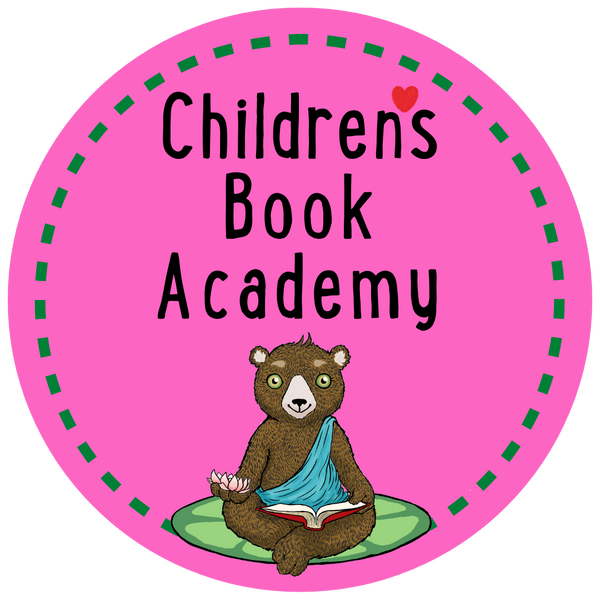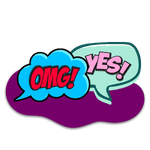Here's a post inspired by Kathy Scheiern free telesummit
Character Driving Plot
When you write a regular blog, you're constantly wondering... what can I write about that will be really helpful for my people. So I decided to do a series writing about the main elements of writing plot-driven children’s books. Here they are:
1. Character
2. Plot
3. Pacing
4. Voice and Language
Character
How well you know your characters makes a big difference in how well you write them. Physical descriptions (kept to a minimum in picture books) and shown through actions e.g., instead of “she was short” – “Angie was tired of standing on her tip toes to hug her friends” are only part of the picture.
It’s your main character(s) hopes, fears, greatest desires that really drive the story or plot. Whatever your main character’s greatest fear is–that’s what they must face and overcome.
Whoever their greatest enemy is–that’s who they must vanquish or friend.
Whatever their greatest desire–that’s what they must strive towards and attain either in that book or one of the following books if it’s a series or attain if it’s a picture book.
Their challenges become assets.
Whoever their friends are, these are either allies on the journey, or characters that they have conflict with, or characters that they must save in one way or another.
The more you know your characters, the better that you can write them. Even if you never use most of the stuff that you know about them, your character will still come across stronger for that knowledge. Being a visual person, I like doing mind maps. So here’s one that I did for one of my stories that I’m sharing with you guys as well as a downloadable blank version that you can use with your own work. Let me know if you find it helpful.
Yours in children’s book love,
Mira






